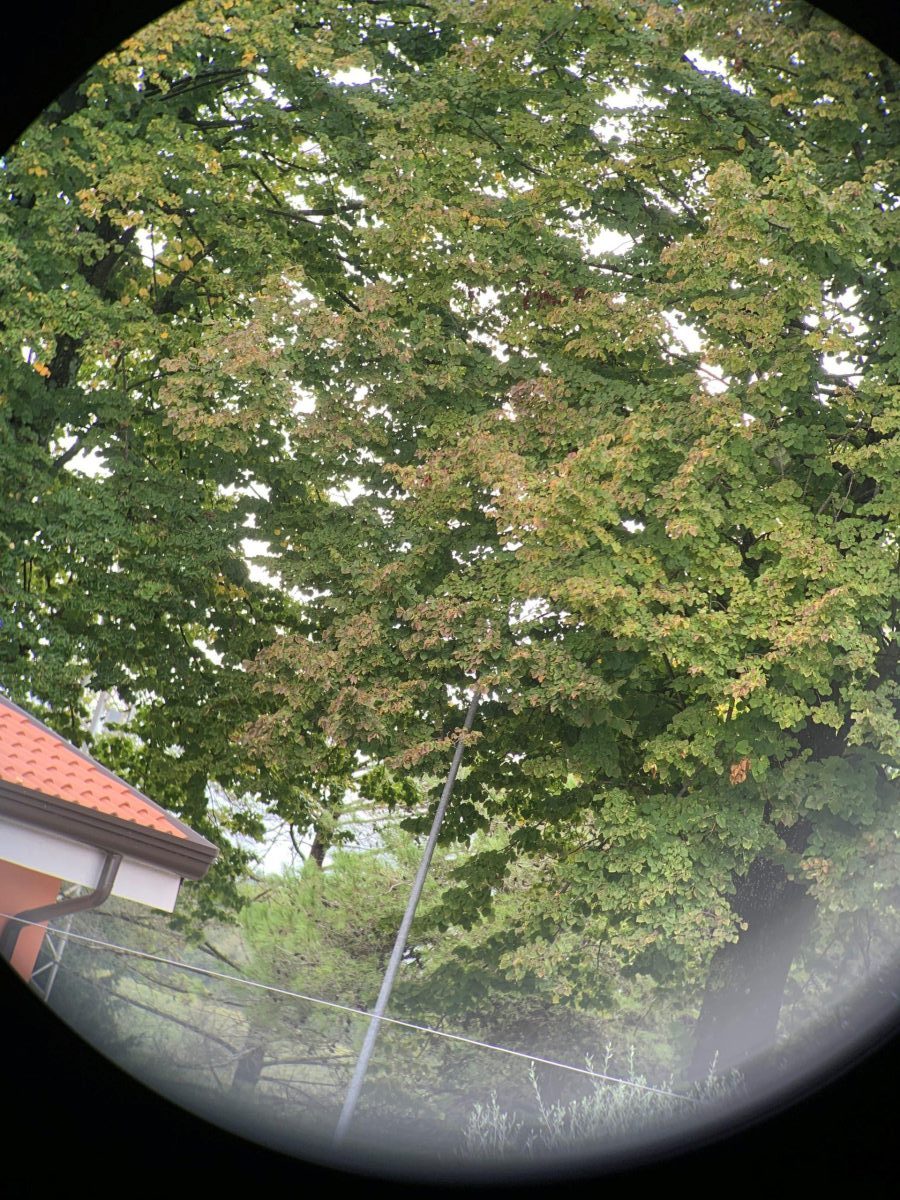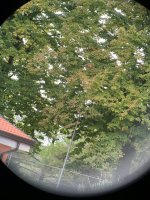-
Welcome to BirdForum, the internet's largest birding community with thousands of members from all over the world. The forums are dedicated to wild birds, birding, binoculars and equipment and all that goes with it.
Please register for an account to take part in the discussions in the forum, post your pictures in the gallery and more.
You are using an out of date browser. It may not display this or other websites correctly.
You should upgrade or use an alternative browser.
You should upgrade or use an alternative browser.
Poll: does NL glare depend on eyeglasses? (1 Viewer)
- Thread starter tenex
- Start date
More options
Who Replied?james holdsworth
Consulting Biologist
I voted no glare, no glasses….I got glare initially but it mostly disappeared with eyecups mostly all the way down. I can see where eyeglass users might have a problem as they might not be able to get there eye close enough to the ocular.
Gijs van Ginkel
Well-known member
Despite intensive use of the NL 8x42 and NL 8x32 I have not found any glare at all. I do not wear eyeglasses.
Gijs van Ginkel
Gijs van Ginkel
I had the exact same glare in the bottom of the FOV as described in Binomania in my NL 8x42 and I don't wear glasses, and what really bothered me was I knew just what angle to hold the binocular to get it. Binomania describes some methods to reduce the glare.

 www.binomania.it
View attachment 1445832
www.binomania.it
View attachment 1445832

L'effetto abbagliamento nello Swarovski NL PURE? Ecco come risolverlo -
Dopo mesi dal test sul campo dello Swarovski NL PURE ho avuto il piacere, grazie alla disponibilità di un lettore di Binomania, di verificare la presenza dell'abbagliamento. E' possibile risolvere il problema molto facilmente, ma perché in Austria non ci hanno ancora pensato?
 www.binomania.it
www.binomania.it

Last edited:
Robert Moore
Well-known member
I use the 8x42 NL with no glare issues. It is better than most. I wear glasses.

I wonder whether it's more to do with height of the central axis in relation to a persons pupils - some people seem to place the top of the eyecups just under the orbital ridge others on it. Preference for eye-relief must have an impact on the optical path too. are everyone's pupils, perfectly centred? There seems to be range of views from not seeing glare through seeing some glare but it not being problematic to the glare being problematic.
tenex
reality-based
Another interesting viewing variable is the angle of one's head relative to the binocular, since people do hold their heads somewhat differently and may be accustomed to looking a bit up or down to see level.
(Eranou is quite right that glare can occur in any binocular, so by "problem" I mean more than is typical, or in circumstances where one wouldn't have expected it. I haven't spent enough time with an NL myself to judge this or experiment with repositioning.)
(Eranou is quite right that glare can occur in any binocular, so by "problem" I mean more than is typical, or in circumstances where one wouldn't have expected it. I haven't spent enough time with an NL myself to judge this or experiment with repositioning.)
Tenex, I've looked through Nl842, 1x and 832, 2x. Dont feel it'd be right to vote, as the conditions were limited and time too short. So I'll report but not vote. I saw no glare, period, full stop. Never see it in my EL 1042s either... Finally did see it in 35 year old Zeiss 1040B. Thought, "Oh thats what these people are talking about"
Viewing objects below a bright sun using NL 8x32, I always experienced glare (I wear spectacles) but pointing the binos in any other direction there was none and on cloudy days there was none. So the circumstances of when glare appears is quite specific and if members don't experience these circumstances they won't experience glare whether they wear spectacles or not. So when discussing the issue of whether glare is seen or not it is critical that the circumstances under which the NLs were used is made clear.
Lee
Lee
james holdsworth
Consulting Biologist
You should define “problem”
CharleyBird
Well-known member

and which NL.You should define “problem”
I voted no problem with 12x42 without glasses.
Would the higher 12x magnification be more or less prone compared to an 8x model given the same objective size?
PeterPS
Well-Known Member

Almost 40% of the respondents do find glare a problem. Assuming that the poll is representative, leaving out 40% of your potential customers is not a sound economic decision imo.Judging from the response on this thread, I would say the the topic of glare in the NL has been beaten to death already, (for the last year).
Could those 40% also have glare problems with other glass also? If the reported 40% is a real world number outside of BF.
Assuming a company were selling a scooter with which 40% of users are having "problems", whereas 60% report no problems, the company would probably start offering training courses how to use the scooter. I start wondering whether the same would not also be beneficial in the case of binoculars ....
Users who are viewing this thread
Total: 2 (members: 0, guests: 2)





